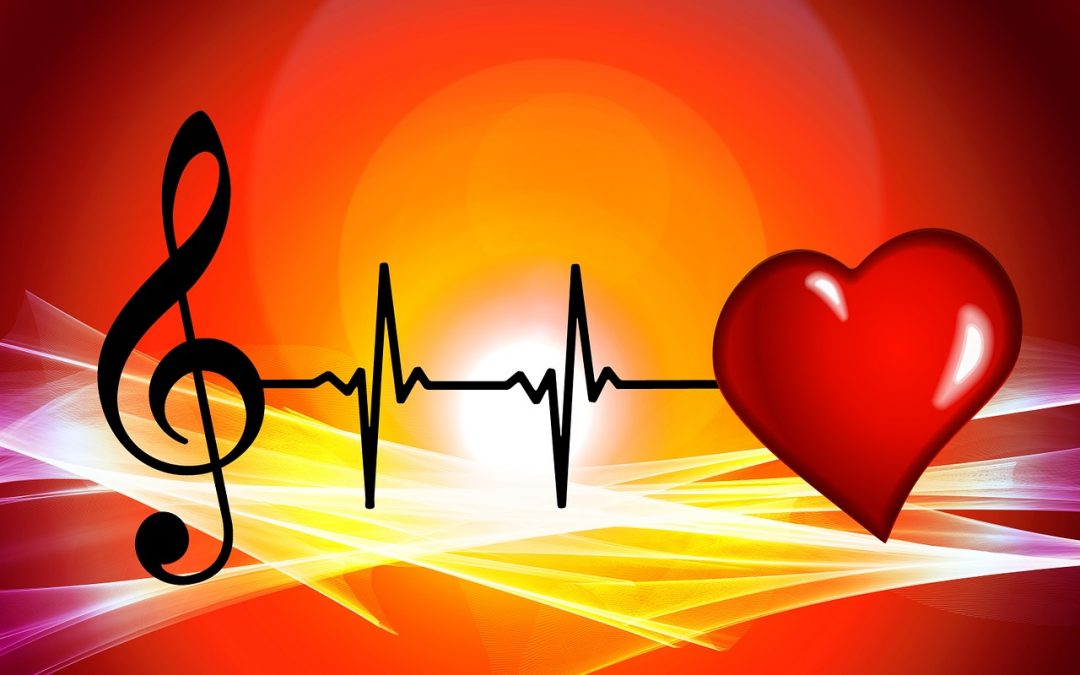There is mounting evidence that music can improve health and healing. Those of you who have visited the Centre know, we play a variety of musical CDs in the Reception Area as well as each treatment room. The selections are varied, but most people say that the music is calming and/or uplifting. I have wondered if any musically-inclined people have had opinions on what constitutes “healing music”. Then, I came across a book entitled, “The Healing Touch of Music: An Exploration” , by Alana Woods. In one section, she lists the views from four healing music composers as to what, in their views, comprises “healing music”. This is what she discovered.
Dr. Steven Halpern : his major aim is to produce music that is therapeutic and to do so all semblance of a regular beat is removed in his compositions. He says this leaves spaces between the musical phrases and allows the meditative mood to develop, thereby increasing the theta brain wave pattern (deep relaxation) in the listener.
Don Campbell: says it takes from five to seven minutes to begin to feel the space of music. This “space” in the musical design is important. He feels the musical environment where healing occurs is created due to the texture and patterning of the music, the time of day one listens, the attitude and the environment. One tone prolonged in the lower ranges is important for healing music, a repeated motif, and not too much repetition so it does not becomes boring. All these qualities make up the power of music to soothe or stir up.
Kay Gardner : says there are basically nine elements in composing healing music. They are:
- Intent – the most important. The composer must have the intention to create healing music; immerse himself/herself in pure, loving, thought and open to the Divine
- Drone – long, uninterrupted sounds (eg. East Indian ragas) which set up a sympathetic vibration
- Repetition – to establish a tone of comfort and familiarity
- Harmonics – overtones, the spiritual content in music
- Harmony – simple, the emotional content
- Melody – gives direction, takes you somewhere and transcends pain
- Form – gives direction
- Instrumental colour – pertains to different instruments that affect different parts of the body
- Rhythm – deep, healthy pulse must be achieved
Tom Kenyon – uses the latest multi-track technology to create healing music that utilizes a combination of sixty beats per minute, rhythm, rocking motions, F-major chord called the “perfect harmonic fifth” as used in Greek Mystery schools, subliminals using NLP (neuro-linguistic programming), Ericksonian hypnotherapy metaphors, psychoacoustic frequencies that balance the brain waves, bells, keyboard vocals, and whale and dolphin sounds. These recordings, when scientifically tested on spectrum analysis machines show a very high frequency. They give full body information for the listener, with the intent to feed and nourish the endocrine and nervous systems of the body, heal memories and stimulate profound states of relaxation and awareness.
Woods goes on to say that our listening capacity is conditioned . We hear culturally, genetically and according to what is in the individual memory. We listen, then link the pieces we know with given emotional, mental or even unconscious associations. Nevertheless, there is a spiritual power to be felt in great works of music. It may well lead the listener into a new world of experience. A reminder, momentarily, of the larger picture in life, of restoration and harmony.
Next time you listen to a great piece of music, allow yourself to be totally immersed in its healing sounds. Songs in the Key of Life (thanks Stevie!).

